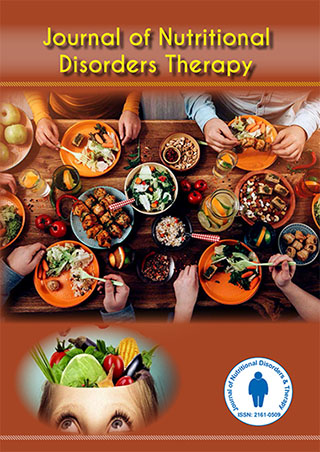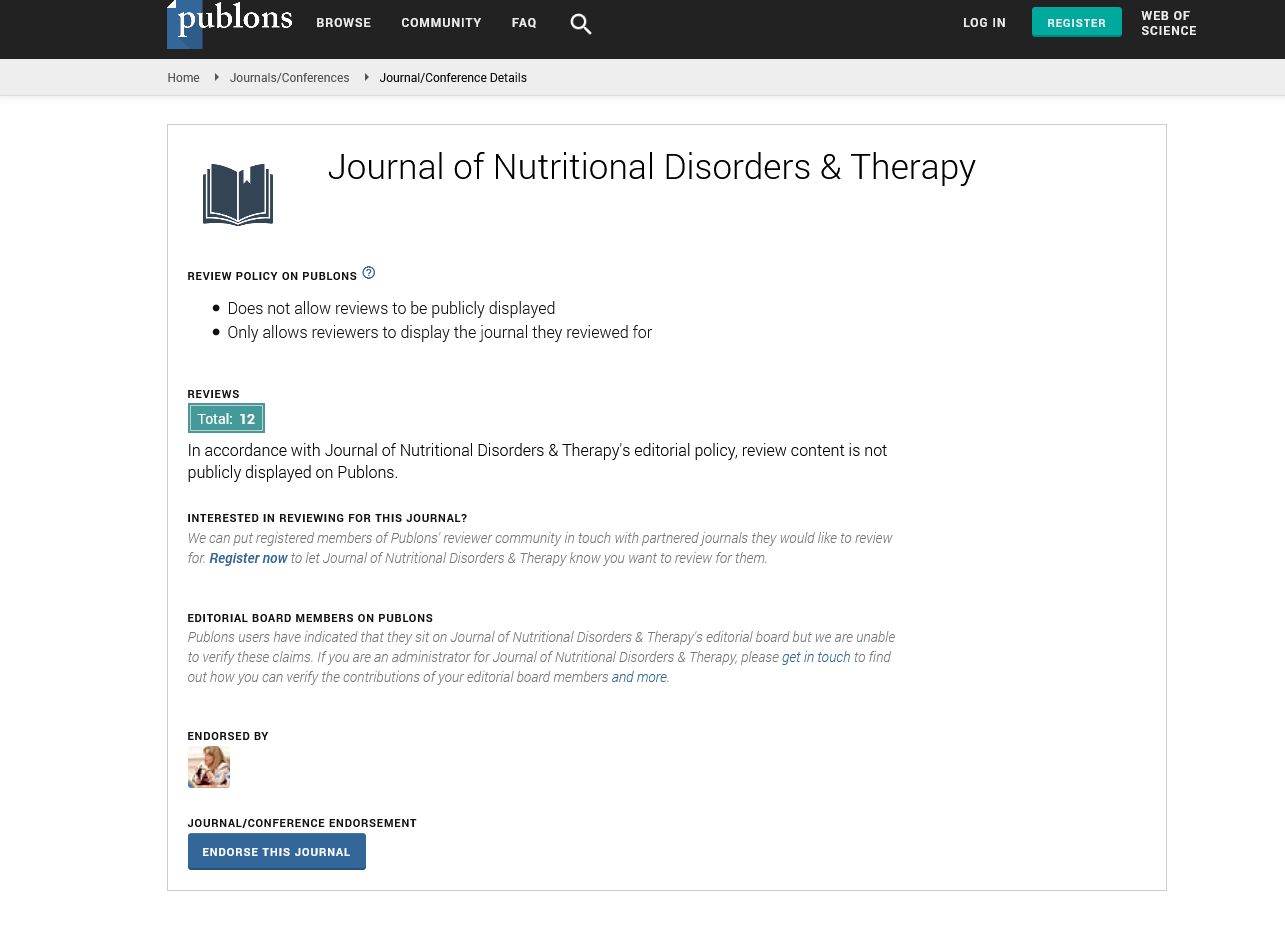Indexed In
- Open J Gate
- Genamics JournalSeek
- Academic Keys
- JournalTOCs
- Ulrich's Periodicals Directory
- RefSeek
- Hamdard University
- EBSCO A-Z
- OCLC- WorldCat
- Publons
- Geneva Foundation for Medical Education and Research
- Euro Pub
Useful Links
Share This Page
Journal Flyer

Open Access Journals
- Agri and Aquaculture
- Biochemistry
- Bioinformatics & Systems Biology
- Business & Management
- Chemistry
- Clinical Sciences
- Engineering
- Food & Nutrition
- General Science
- Genetics & Molecular Biology
- Immunology & Microbiology
- Medical Sciences
- Neuroscience & Psychology
- Nursing & Health Care
- Pharmaceutical Sciences
Obesity in pregnancy: Risks and management
4th World Summit on OBESITY AND WEIGHT MANAGEMENT, November 18-19, 2024 | Paris, France
November 18-19, 2024 | Paris, France
Georgiana Bernea-David
Institute of Cellular Biology and Pathology, Romania
Scientific Tracks Abstracts: J Nutr Disorders Ther
Abstract:
Statement of the problem: During the last decades, maternal obesity became one of the most common risk factor for pregnancy. Compared with women with a healthy pre-pregnancy weight, obese women are at increased risk of miscarriage, induced labour, caesarean section, anaesthetic complications, gestational diabetes, preeclampsia, venous thromboembolism and wound infections. Maternal obesity increase also the risk of stillbirth, congenital anomalies, prematurity, macrosomia and neonatal death. Intrauterine exposure to obesity is related to an increased risk of developing obesity and metabolic disorders in childhood. This article reviews the maternal and fetal complications associated with obesity and also the recommendations for pre-conception, antenatal and postnatal care of women with obesity. Methodology: We searched obesity in pregnancy (via PubMed) from January 2010 to March 2024 for systematic reviews of prevalence studies of obesity in pregnancy. We included also systematic reviews assessing the risks and management of obesity in pregnancy and we summarized data. Findings / Results: According to the National Health and Nutrition Examination Survey, 33.4% of women 20 to 34 years of age are obese (body mass index [BMI] of 30 kg per m2 or greater), and 58.4% are overweight (BMI of 25 kg per m2 or greater). Gestational diabetes is 2.95 times higher (95% CI 2.05–4.25) in obese women (BMI 30.01–40.00) compared with normal-weight (BMI 20.01–25.00) women. Waist circumference is also associated with an increased risk of hypertensive complications in pregnancy. A non-pregnant waist circumference ≥80 cm has been associated with an OR for pregnancy-induced hypertension of 1.8 (95% CI 1.1–2.9) and for preeclampsia of 2.7 (95% CI 1.1–6.8) in a cohort of over 1000 unselected pregnancies. Conclusion: Obesity is a major risk factor for pregnancy complications and became a public health problem with huge social and financial costs. It is important to establish national and regional prevalence rates of maternal obesity in order that maternity services can be appropriately organized to ensure suitable care for ‘at-risk’ women. Health professionals should involve in strategies and education programs in order to minimize and manage the risks associated with obesity in pregnancy.
Biography :
Georgiana Bernea David is a Phd student at, the Institute of Cellular Biology and Pathology “Nicolae Simionescu”. Diabetologist passionated in nutrition in pre- conception, pregnancy and brestfeeding. Organizing of multiple conferences. Involved in several education programs.

